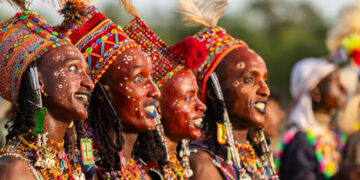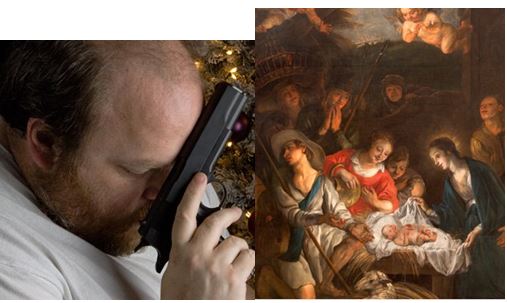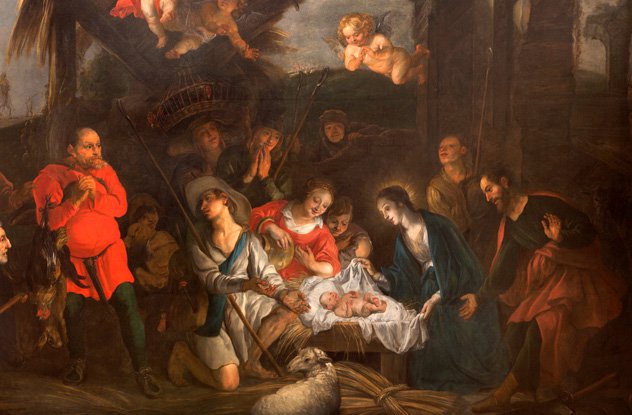2The Classic Nativity Scene
For something so closely linked to the religious meaning of Christmas, the Nativity scene isn’t at all biblically accurate.
Two gospels talk about the famous scene: Luke and Matthew. Matthew, as we mentioned, describes the wise men. Luke mentions shepherds going to see the newborn baby. But the two groups were never together at the same time, there’s no specific mention of animals, and the gospels say nothing about an angel witnessing the birth.
The images of the nativity scene come from early art that took some liberties. Live nativities only began in 1223, when St. Francis of Assisi staged the first one. At the time, masses were Latin and inaccessible to most people. Instead of learning about the Bible in church, they learned about it through plays like the nativity.
Two animals in particular are almost always included in the nativity scenes—the donkey and the ox, neither of which are mentioned in the Bible. In early depictions, they warmed the baby with their breath and their body heat. But in other paintings, they seem to be acting a little less respectful—especially well into the Renaissance period. In some manuscript illuminations, they try to eat the clothes and blankets of the baby, and on the roof of Nantwich church in England, they’re wholeheartedly fighting over the blankets. It’s thought that the donkey came to represent the Jews—doubters of the divinity of Christ.





































Discussion about this post